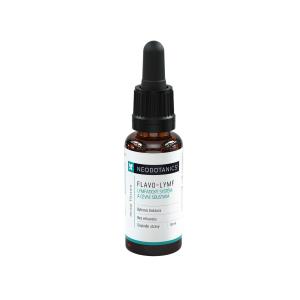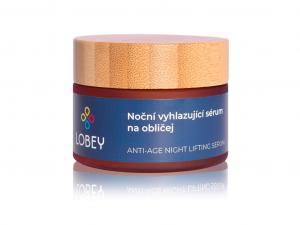Soapwort (Saponaria officinalis)
Other names: Soapwort, Soaproot, Bouncing Bet, Latherwort, Fuller's Herb, Bruisewort, Crow Soap, Sweet Betty
Harm score: 1 (Natural substances)
Soapwort, scientifically known as Saponaria officinalis, is a herb popular in folk medicine and used in the cosmetic industry. This plant is also known by its English names such as Soapwort, Soaproot, Bouncing Bet, Latherwort, Fuller's Herb, Bruisewort, Crow Soap, or Sweet Betty. It can often be found in damp places, along paths, on cliffs and in light woods. It is notable for its striking pink flowers and its soapy character, which is due to its saponin content.
The diagnostic feature of soapwort is its saponin content, which is released when the plant is ground and then squeezed for juice, water or rain. It then foams as if it were soap. As a result, soapwort is mainly used in cosmetics - for example, in shampoos, soaps, body lotions and other products designed to cleanse and care for the skin. But it is also used as a household cleanser, where the saponins act as a natural detergent. For its healing and anti-inflammatory properties, it is included in some ointments and creams for eczema, acne, or skin rashes. It is also used in folk medicine for its expectorant effects - thus used to treat respiratory ailments such as bronchitis or asthma. Although soapwort is considered a poisonous plant, when used in the correct dosage and manner its benefits prevail.
Soapwort (Saponaria officinalis) can be found in the following products

Flavo-Lymf - tincture without alcohol (50 ml) - lymphatic system and vascular system
Product detail
Spray for stains 100 ml
Product detail
Anti-Age Night Smoothing Serum 50 ml
Product detail
Daily protective face cream 50 ml
Product detail
Playful bubble bath foam (300 ml) - with lavender, chamomile and white cypress
Product detail